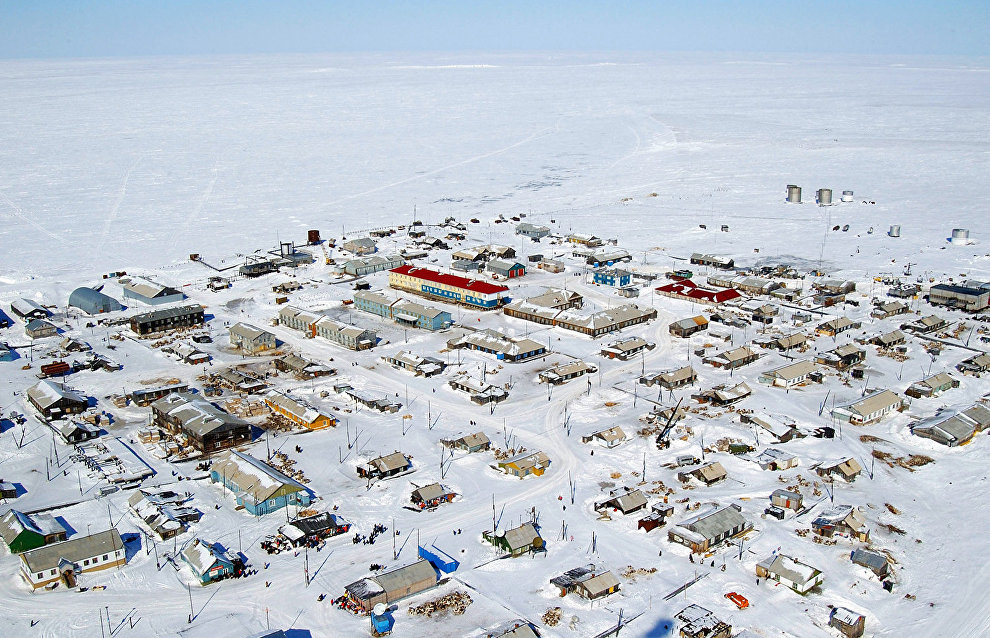140 permafrost change observation points to open in Russia
The Permafrost Monitoring Center has opened in Russia. It was created at the Arctic and Antarctic Research Institute (AARI). The center will manage the infrastructure of the state permafrost monitoring system, which should begin this year.
The monitoring system concept provides for the equipment of 140 points to observe changes in the permafrost, which will be located from the Far North to Tyva and the Altai Territory. The points will be located at Roshydromet stations, which will reduce the cost of the project. The new observation system will provide for full-scale monitoring of permafrost, which covers two thirds of Russia’s territory. The first 20 monitoring points are planned to be deployed this year. It is expected to fully establish the observation system by the end of 2025.
“About 6 million square kilometers of Russia are covered with permafrost rocks that have not melted but remained stable for hundreds and thousands of years. But in recent decades, processes have begun that speed up the degradation of such soils, which in turn can result in the destruction of thousands of residential and industrial buildings and structures.
Constant monitoring of the state of permafrost, such as continuous measurements of soil temperature and other parameters, will make it possible to identify areas of greatest thawing and risk for infrastructure facilities. There is no similar experience in permafrost research on such a vast territory in the world. The concept for the observation system was developed by our institute. The technology for arranging thermometric wells and data transmission has already been tested in the Russian Far North and in the Spitsbergen Archipelago,” Alexander Makarov said.
Four groups will also be formed: field work and technical support, scientific and methodological, information technology, and a group for organizational support and logistics.
The new center will also ensure the organization and operation of the observation point network as well as the receipt, analysis and storage of data, the preparation of reference and reporting information, and the transfer of information to the Unified State Fund of Data on the State of the Environment and Environmental Pollution.
